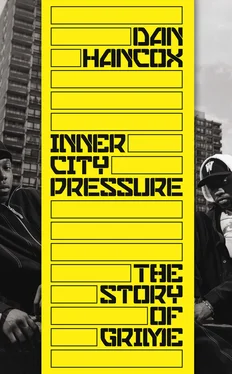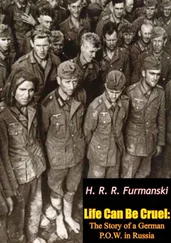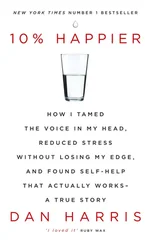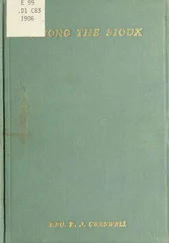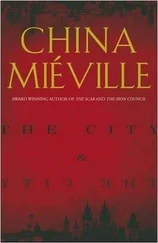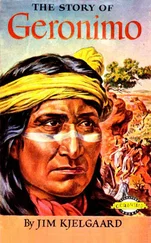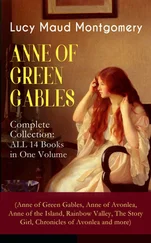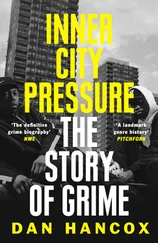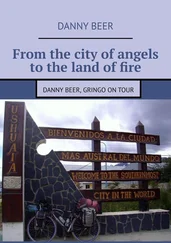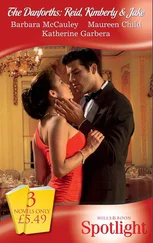ONE
I’m from where Reggie Kray got rich as fuck
East London, who am I to mess tradition up?
Jellied eels, pie and mash, two pints of that Pride on tap
Polo top, pair of Stans, flat cap and a Burberry mac
Back when Lethal Bizzle was Lethal B
This is how we used to dun the dance in East
We used to spit 16s till they called police
Probably somewhere in a party or a dark shebeen
Kano, ‘This Is England’
In the Museum of London Docklands, five minutes from One Canada Square and the shimmering glass totems of Canary Wharf, among the exhibits on slave owners and sailors’ rebellions, tall ships and frost fairs, hangs a painting of the river made in 1883 by William Lionel Wyllie. It shows barge workers shovelling coal in the shadow of a clutter of trade ships, the river alive with noise, fumes and activity – the painting is titled: Toil, Glitter, Grime and Wealth on a Flowing Tide .
It’s easy now to forget that London was, for most of its 2,000-odd years of life, not just a working city, not just an industrial city, but specifically, a port city. The world’s dry dock; the shoving-off point for innocent expeditions and brutal subjugation. And as the title of Wyllie’s painting suggests, port cities have a few consistent attributes: one is transience, a constant clamour of people leaving and arriving, drifting in and out with the tides. Another is inequality – rags and riches, a halo of insalubrious low-level criminality, insobriety and dirt hovering around the glittering cargo – or a halo of enriching gold around the squalor and decadence, depending on which way around you look at it. Either way, one travels with the other, one lives with the other. A hundred and twenty years later, Wyllie’s namesake would use some cheap computer software and a microphone to document the same toil, glitter, grime and wealth flowing through twenty-first-century London, at 140 beats per minute.
Some cities are divided between distinct geographical binaries. North and south. The centre and the suburbs. Uptown and downtown. The shanty towns and the gated communities. London is not easily disentangled: it weaves its divisions into a fine mesh, like the netting that stops pigeons gathering underneath railway bridges. The council tower blocks are mingled in with the multimillion-pound mansions. The greasy-spoon caff that’s been there since the seventies stands next door to the refurbished gastropub charging £15 for a Sunday roast. The grandiose seventeenth-century church faces down the night-time den of iniquity.
When widespread rioting erupted across London and several other English cities in August 2011, the writer James Meek reflected on an incident that he’d witnessed a few years before in one of Hackney’s most prominent new bouji enclaves, Broadway Market – when a group of 30 tooled-up black teenagers, chasing two enemies with a hand gun, suddenly entered (and quickly departed from) the lives of the white middle-class people sipping wine at the outdoor tables. ‘It is as if the council-owned tower blocks and estates behind, around and in-between the gentrified patches, where less well-off and poor people live, belong to some other dimension,’ he wrote. ‘Loving the cultural diversity of London as a spectator-inhabitant is not the same as mingling with it. The yuppies don’t go to the white working-class pubs, and the white working class don’t go to the yuppie pubs … this isn’t mixing. It’s the ingredients for something – nobody knows what – laid out side by side and not being mixed, not touching.’1
London was in an unsettled temper at the start of the new millennium. It had survived the much-feared but unknowable threat of the Millennium Bug, but suffered the embarrassment of the Millennium Dome, and the damp squib of a Millennium Eve ‘river of fire’ on the Thames that was supposed to be visible from space, and wasn’t even visible from the Embankment. The clock ticked over from 1999 to 2000, planes did not fall out of the sky, and the world didn’t end – but some more slow-burn changes were starting to take shape. In May, the British capital acquired an elected Mayor for the first time in its history: Ken Livingstone shook off the contempt of Prime Minister Tony Blair, resigned from the Labour Party, and ran as an independent against the Conservative Steve Norris, and the candidate from his own party, Frank Dobson – beating both comfortably. London had a new City Hall, and a maverick left-winger and newt obsessive in the Mayor’s chair.
Two days after Livingstone’s victory, to the annoyance of maturing dance music sophisticates everywhere, Oxide and Neutrino’s frantic ‘Bound 4 Da Reload’ – with a chorus built around the theme tune from TV hospital drama Casualty , sampling a silly line from gangster flick Lock, Stock and Two Smoking Barrels , and peppered with gunshot noises – entered the charts straight at number one, flicking a V-sign at the music establishment. The UK garage scene which the two young south Londoners had emerged from had previously prized refinement, romance, aspiration and an urbane multiculturalism above all else. But clean lines, shiny shoes and champagne were being replaced with something much darker, and murkier – just as the city itself was about to start moving in the opposite direction. A new sound was about to muddy the waters of UK garage’s infinity pool, just as the new Labour government, indeed the New Labour government, were hatching grand plans to drastically smarten up the inner city forever.
In the late 2010s, we tend to look at the cranes going up around London and assume they sprouted from the city’s chalky soil, or we gaze wearily upon the prettified glass towers of luxury flats, the pop-ups and the hipster cereal cafes and assume they landed out of the clear blue sky. But urban change is not like the weather, and gentrification is not organic, inevitable or natural. The new millennium began with grime’s inner city on one side, and an entirely different, largely new kind of inner city growing rapidly to take its place: expensive, monocultural, private, surveilled and planned from the very top by Tony Blair’s government.
At the time, inner London was the richest region in the European Union, yet alongside citadels of banking wealth like the City of London and Canary Wharf were some of the most deprived council estates in the country. Long-standing economic and social divisions were intensifying, as the changing winds of late capitalism induced the middle classes to begin moving back from the suburbs and the home counties. They were about to get a big push from the government, who wanted to make the inner city the engine of bourgeois modernity, cosmopolitan culture and aspiration – the essential spirit of what was self-consciously referred to as the New Labour ‘project’.
The reality on the ground as Blair took office was not good. After 18 years of Conservative government, social problems and hardship were thriving in British cities, and in the country at large. By the mid-nineties Britain had more children growing up in unemployed households than anywhere else in Europe, and the highest teenage pregnancy rate. Child poverty had trebled between 1979 and 1995, the number of drug addicts quadruped in the decade to 1996, and the number of homeless people sleeping on the streets had soared.
Since the deregulation of the City in the late 1980s, London’s role as Britain’s primary economic engine had been greatly magnified: by the millennium, earnings in the capital were on average a third higher than the rest of the country. But the divisions were greater, too: Londoners had a higher unemployment rate than the national average, and a much higher proportion of children growing up in households with no income: 36 per cent of children in inner London lived in workless homes in 1999 – compared to 17 per cent nationally. London households were also more likely to be overcrowded: 16 per cent compared to 6 per cent in other English cities.
Читать дальше
